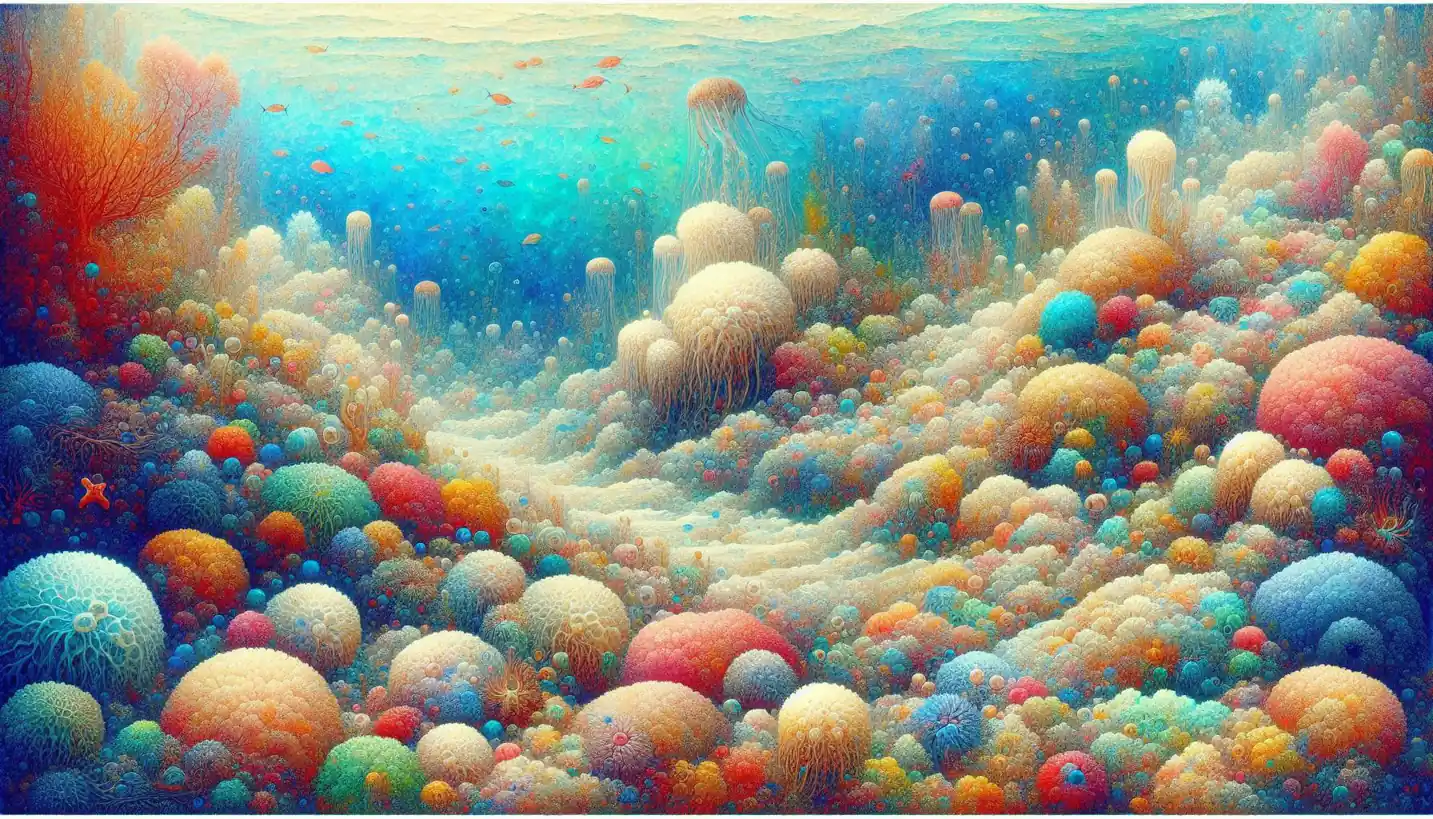· Earth Science · 5 min read
Optically Stimulated Luminescence: Unlocking Secrets of Earth's Past
Optically Stimulated Luminescence unlocks past environmental conditions. Learn how this method reveals Earth's ancient landscapes and their changes.

Optically stimulated luminescence, or OSL, is like a time machine. It helps scientists peer into the past, revealing secrets hidden in grains of sand and sediment. It’s a fascinating tool used in geoarchaeology and earth science to determine the age of ancient artifacts and geological features.
What Is Optically Stimulated Luminescence?
At its heart, OSL is about light and electrons. Picture electrons as being a bit like mischievous children that get trapped while playing hide and seek in a dark room. Over time, they build up in tiny pockets within minerals like quartz and feldspar, found in sediments. The key to their release is exposure to light.
When these trapped electrons are given a boost—through exposure to a specific wavelength of light—they are released, and this release emits a small flash of light, or luminescence. Scientists can measure this flash to determine how long those electrons have been hiding, which in turn reveals the last time the material was exposed to sunlight or heat.
How Does OSL Work?
You might wonder how something as tiny as an electron can tell time. It works because when sediment is transported by wind, water, or other natural forces, it’s exposed to sunlight, which empties the tiny electron traps. Once buried again, the traps start filling up as natural radiation from the environment gradually moves electrons into these traps. By measuring how much luminescence is emitted when the material is later stimulated by light in the lab, researchers can calculate how long the sediment has been buried.
Imagine you have a UV flashlight and a jar with glow-in-the-dark beads. Shining the light on the beads represents the sediment being exposed to sunlight. Once the light is off, the beads start to “charge” again in the darkness of the jar, much like how sediments accumulate electrons over time when buried.
Applications in Geoarchaeology
OSL has revolutionized the field of geoarchaeology, providing a tool to date ancient events and artifacts up to hundreds of thousands of years old. This is particularly useful for periods where radiocarbon dating, another popular method, falls short. Unlike radiocarbon dating, which requires organic material, OSL works on minerals, making it a versatile choice for dating sediments in archaeological sites.
For example, researchers might want to know when a specific layer of sediment at a dig site was last exposed to light, which can reveal when humans occupied an area. OSL allows archaeologists to create timelines of human activity, giving insight into how ancient people interacted with their environment.
The Role of OSL in Earth Science
Beyond archaeology, OSL is invaluable in earth science. It helps scientists understand natural events such as landslides, floods, and the movement of dunes. Knowing when these events occurred provides critical information about climate change, landscape evolution, and natural disaster patterns.
For instance, by dating layers of sediment in riverbanks, researchers can reconstruct a history of flooding in the area. This information is essential for assessing the risks for future floods and can guide planning and building of infrastructure to mitigate such risks.
The Adventure of Dating with OSL
The process of dating with OSL involves delicate and meticulous work. Samples taken from sediments must be carefully collected to avoid exposure to sunlight, which would reset the luminescence clock. Scientists usually work under controlled lighting conditions, often using dim red lights similar to those outside photo darkrooms.
Once in the lab, these samples are prepared and exposed to controlled light sources to stimulate the trapped electrons. Machines known as luminescence readers measure the light emitted during this process. It’s a complex dance of physics and chemistry, requiring precision and a fair bit of patience.
Challenges and Limitations
Like any scientific method, OSL isn’t without its challenges. One critical requirement is that scientists must know the rate of background radiation the sediment has been exposed to over time. This can vary significantly depending on the geology of the area and the environment.
OSL also doesn’t work well with certain sediments or environments, such as those with significant post-depositional disturbance. Any movement of sediment after the original burial can lead to inaccurate dates, something scientists must account for in their analysis.
Future Prospects and Innovations
The future of OSL is exciting. As technologies advance, the methods for analyzing luminescence signals are becoming more refined and accurate. New techniques are being developed to provide additional insights and cross-verify OSL dating with other methods.
For instance, advanced computer modeling and simulations are helping refine how luminescence data is interpreted, potentially leading to more accurate and precise historical timelines. As we better understand these processes, OSL will undoubtedly continue to reveal more about Earth’s ancient past.
The Importance of Understanding Our Past
Unlocking the secrets of the past helps us understand the present and anticipate future changes. Whether in unraveling the history of human settlement or climate patterns, OSL provides a window into a world long gone but not forgotten. It’s like opening a time capsule, offering glimpses into the lives and environments of those who came before us.
By shedding light on these ancient stories, OSL does more than satisfy scientific curiosity; it deepens our connection to the Earth and our understanding of the ever-changing dynamics of its surface. It’s a reminder of the intricate tapestry of natural processes that have shaped our world and continue to do so, unseen but ever-present.


